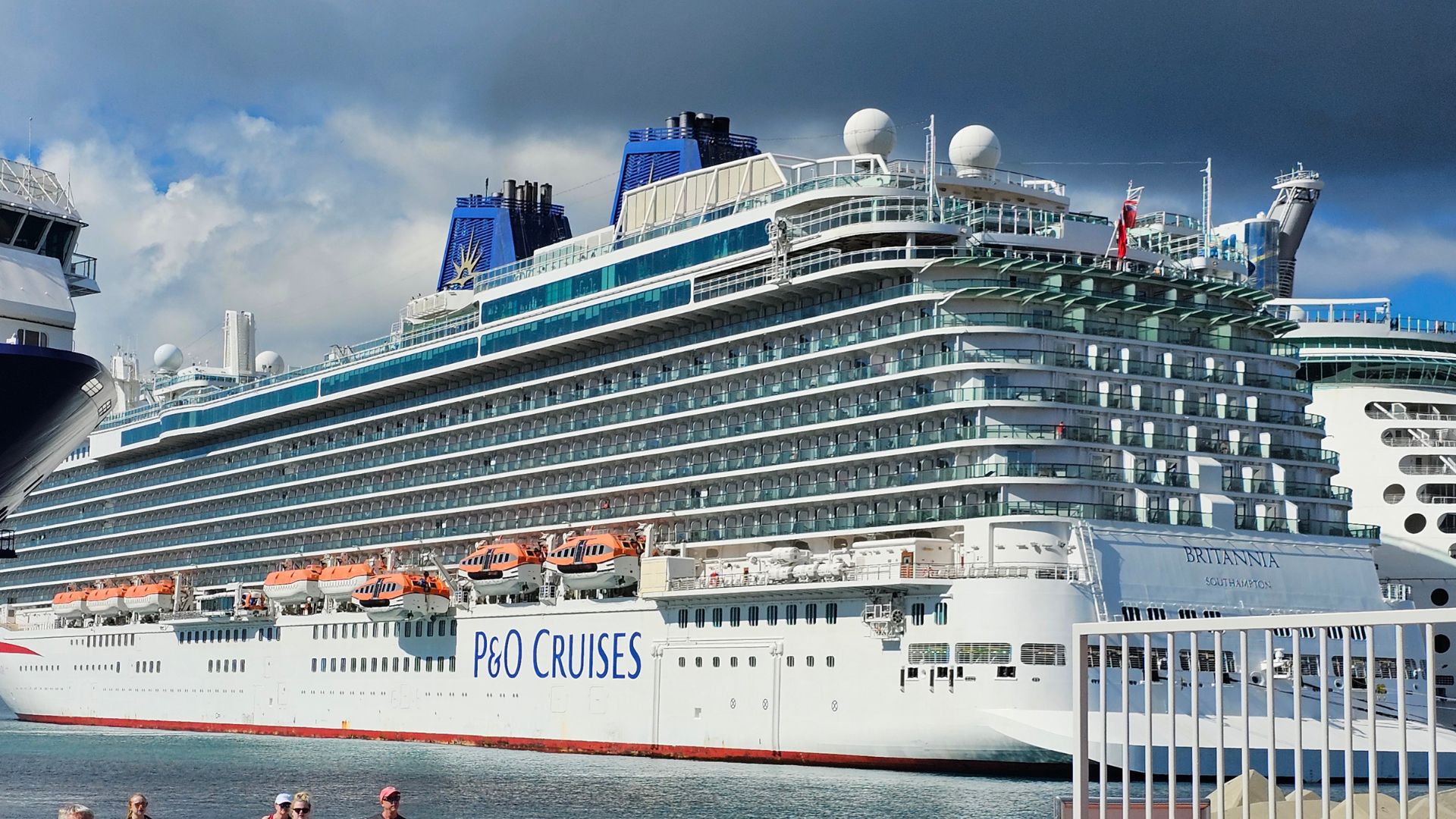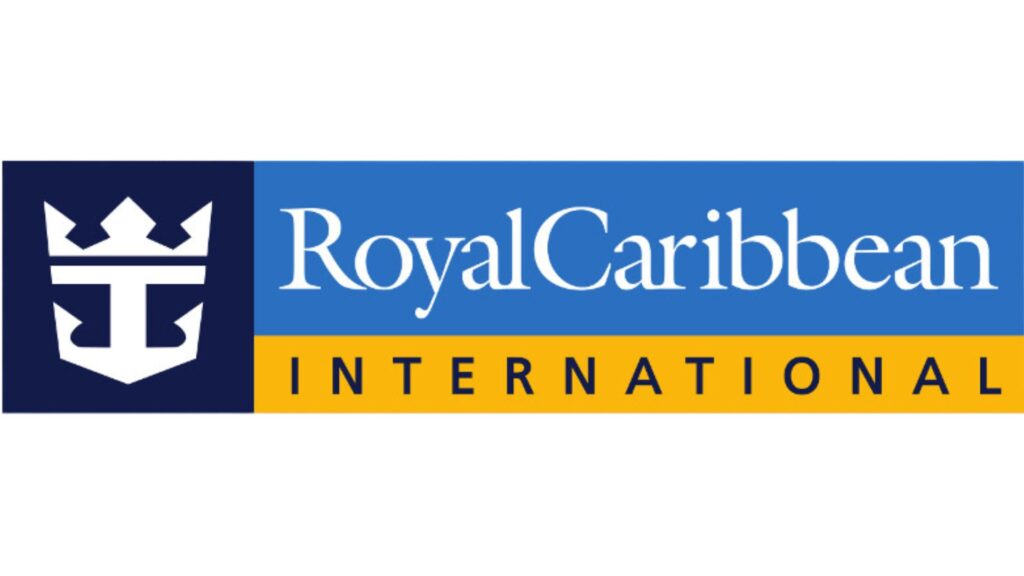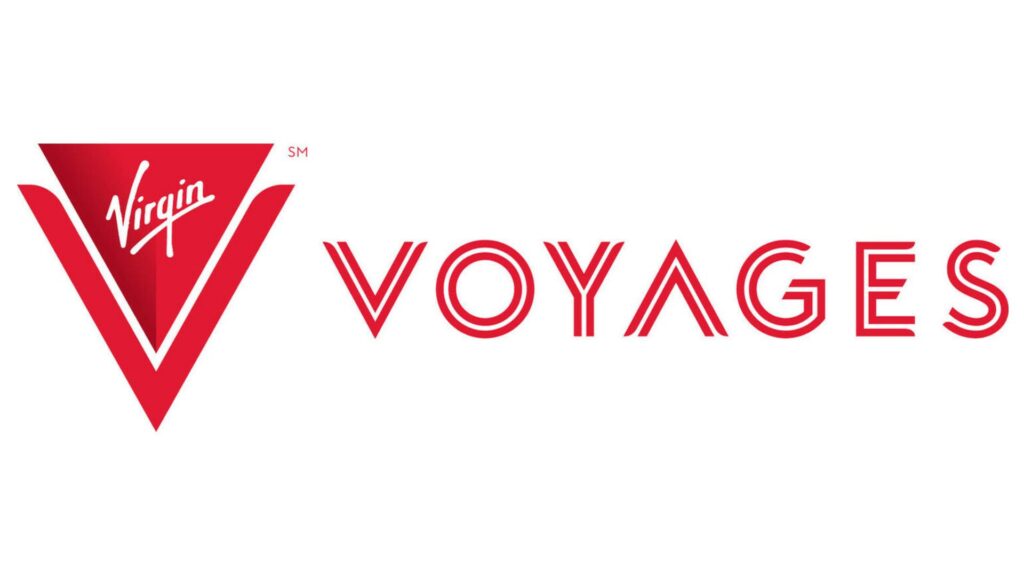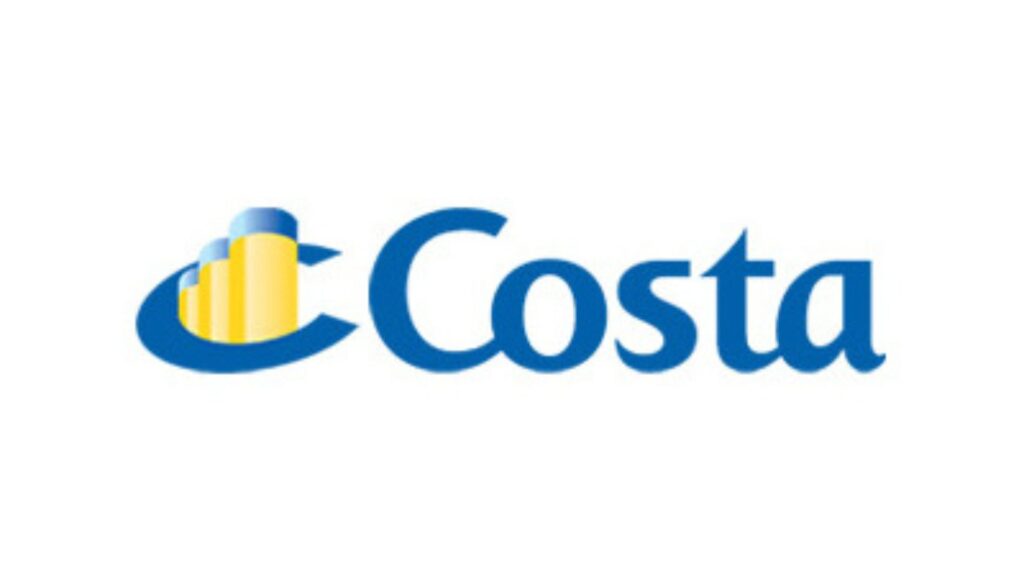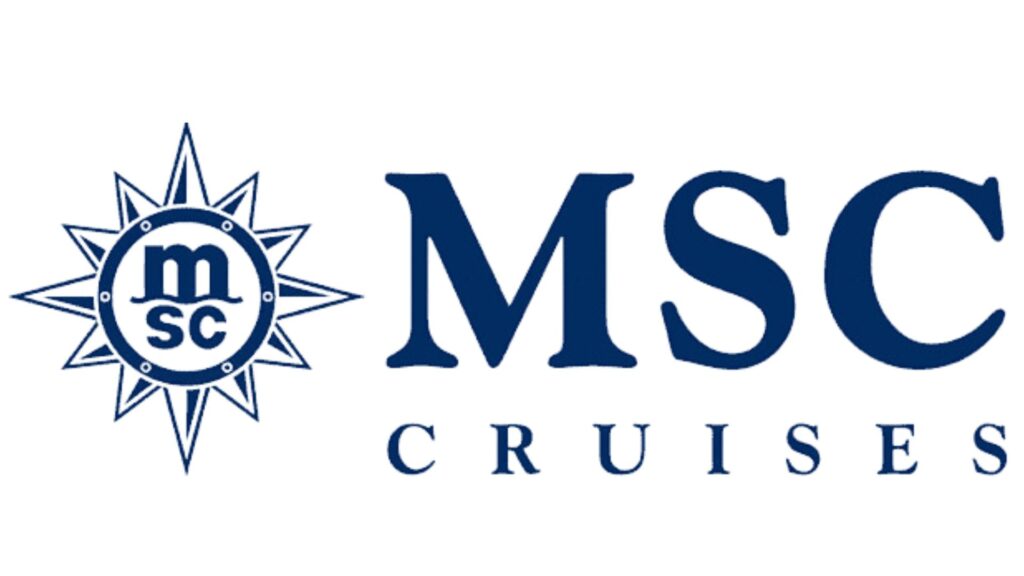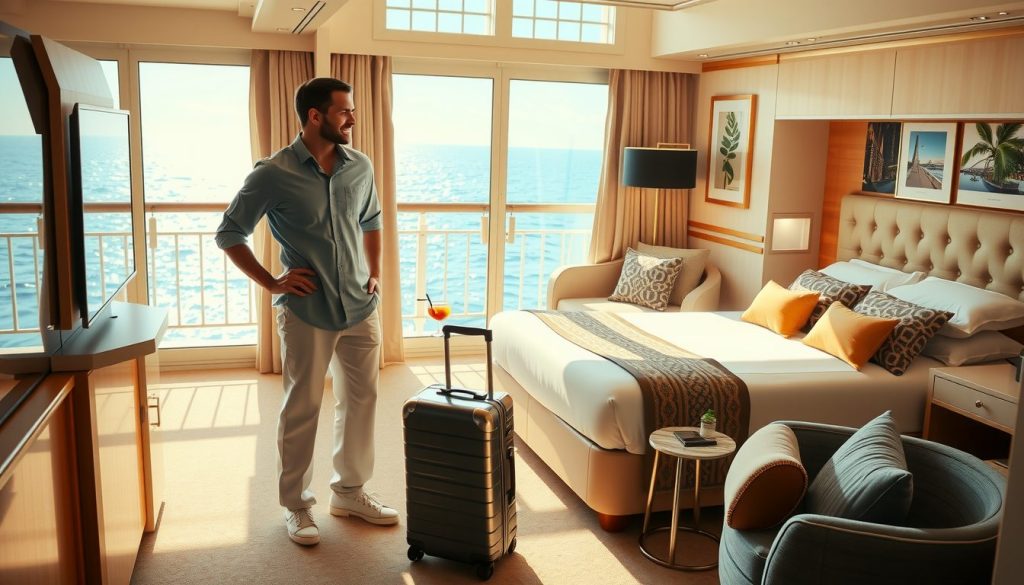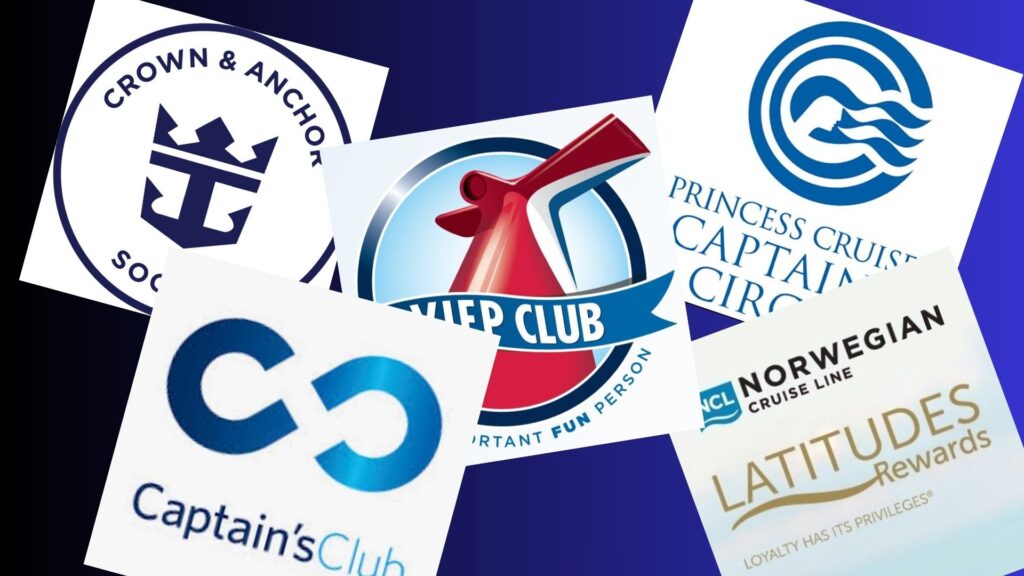Stepping onto a cruise ship for the first time should feel thrilling, not confusing.
Understanding cruise line terminology unlocks smoother navigation, richer conversations, and more confident participation in onboard life.
From bow to stern, dining to disembarkation, these words are your compass to a stress-free voyage.
Master them now, and you’ll sail with confidence from the moment you step aboard.
Discover Why Cruise Terminology Boosts Your Confidence And Enjoyment Onboard
Being familiar with cruise terminology enhances your experience by helping you understand ship announcements, navigate the vessel, and interact with the crew and fellow passengers more effectively.
Whether you’re trying to find your cabin, understand dining options, or participate in activities, knowing these terms will make your cruise smoother and more enjoyable.
Explore Cruise Terminology Categories to Navigate Every Part of Your Voyage
Learn Ship Layout and Navigation Terms to Move Around Like a Seasoned Cruiser
- Aft: The rear part of the ship.
- Bow: The front part of the ship.
- Port: The left side of the ship when facing forward.
- Starboard: The right side of the ship when facing forward.
- Deck: The floors of the ship. For example, Deck 5.
- Bridge: The control center of the ship, usually located on an upper deck.
- Gangway: The walkway used to board and disembark the ship.
- Muster Station: The designated area where passengers assemble for safety drills.
- Cabin/Stateroom: Your private room on the ship.
- Atrium: The central area of the ship, often spanning several decks, featuring shops, lounges, and more.
Understand Cruise Dining and Beverage Terms for Stress-Free Mealtime Choices
- Main Dining Room (MDR): The primary dining area offering sit-down meals.
- Buffet: A casual dining area where you can serve yourself from a variety of dishes.
- Specialty Restaurant: An additional dining option that usually requires a reservation and may have an extra charge.
- Open Seating: Dining arrangement where you can sit anywhere and with anyone.
- Fixed Seating: Assigned dining time and table for the duration of the cruise.
- Room Service: Meals and snacks delivered to your cabin.
- All-Inclusive: Meals and certain beverages are included in the cruise fare.
- Beverage Package: Pre-paid package that covers various types of drinks.
Decode Cruise Activities And Entertainment Terms To Maximize Your Fun
- Shore Excursion: Organized trips and activities available when the ship is in port.
- Daily Program: A schedule of activities and events happening on the ship each day.
- Casino: An onboard gaming area with slot machines and table games.
- Spa: A facility offering massages, facials, and other treatments.
- Theater: Venue for live shows, movies, and performances.
- Kids’ Club: Supervised area with activities for children.
- Enrichment Programs: Educational activities such as lectures, classes, and workshops.
- Theme Night: Special evenings with themed events and dress codes.
Know Cruise Safety and Security Terms to Travel with Peace of Mind
- Life Jacket: A safety device you must wear during emergency drills and actual emergencies.
- Life Boat: Small boat used for evacuation in case of an emergency.
- Emergency/Muster Drill: Mandatory safety exercise conducted at the beginning of the cruise.
- Security Checkpoint: Area where passengers and their belongings are screened before boarding.
- Medical Center: Onboard clinic for medical needs.
Understand Cruise Fare and Booking Terms to Make Smart Travel Decisions
- Itinerary: The scheduled route and stops of the cruise.
- Embarkation: The process of boarding the ship.
- Disembarkation: The process of leaving the ship at the end of the cruise.
- Cruise Fare: The price you pay for your cruise, often including accommodation, meals, and some activities.
- Onboard Credit: Money added to your onboard account to spend on the ship.
- Gratuities: Tips for the crew, which can be prepaid or added to your onboard account.
Master Miscellaneous Cruise Terms That Complete Your Onboard Vocabulary
- Tender: A small boat used to transport passengers to shore when the ship is anchored offshore.
- Stabilizers: Devices used to reduce the ship’s motion and provide a smoother ride.
- Purser: An officer responsible for financial and administrative duties.
- Cruise Director: The person in charge of entertainment and activities.
- Sailaway: The departure of the ship from port.
- Lido Deck: The deck with outdoor pools and recreational areas.
- Midship: The central area of the ship.
- Berth: The bed in your cabin or the space where the ship docks.
- Knot: A unit of speed equal to one nautical mile per hour.
- Gangplank: A movable bridge used for boarding or disembarking the ship.
- Porthole: A small, round window in a cabin.
- Galley: The ship’s kitchen.
- Sea Day: A day spent entirely at sea without any port stops.
Master Cruise Terminology and Sail with Confidence on Your Next Voyage
Understanding cruise terminology is essential for any new passenger to fully enjoy their cruise experience.
Familiarity with these terms will help you navigate the ship, participate in activities, and make the most of your voyage.
Whether you’re heading to the main dining room, planning a shore excursion, or simply finding your way around the ship, knowing this terminology will enhance your cruise adventure.
So, brush up on these terms, and get ready to set sail with confidence and make the most of every moment on your journey!
FAQ – Master Cruise Terminology to Navigate Your Voyage with Confidence
What Are the Most Important Cruise Ship Terms for First-Time Passengers?
Learning essential cruise ship terms helps you navigate the vessel, understand announcements, and interact confidently with crew and fellow travelers.
Key terms like bow, stern, port, and starboard describe ship directions and locations.
Knowing words such as muster station, gangway, and deck ensures you can follow safety instructions and find your way around.
Familiarity with these basics reduces confusion and enhances your onboard experience from day one.How Can Understanding Dining Terminology Improve My Cruise Experience?
Cruise dining terms like main dining room, buffet, and specialty restaurant help you choose the right meal setting for each occasion.
Knowing the difference between fixed seating and open seating allows you to plan meals around your schedule.
Understanding beverage packages and all-inclusive options can save money and simplify ordering.
This knowledge ensures you enjoy every dining opportunity without uncertainty.Why Should I Learn Cruise Activity and Entertainment Terms Before Sailing?
Terms like shore excursion, daily program, and theme night help you plan your days and evenings effectively.
Recognizing enrichment programs and kids’ club offerings ensures you don’t miss unique onboard experiences
.
Understanding these terms allows you to maximize fun and participation throughout your voyage.What Safety and Security Terms Should Every Passenger Know?
Safety terms like life jacket, lifeboat, and muster drill are critical for emergency preparedness.
Knowing where the medical center and security checkpoint are located ensures quick access when needed.
Familiarity with these terms supports a safe and confident cruise experience.How Does Knowing Fare and Booking Terms Help Me Save Money?
Understanding terms like onboard credit, gratuities, and itinerary helps you budget effectively.
Recognizing embarkation and disembarkation processes streamlines your travel days.
This knowledge empowers you to make informed decisions and avoid unexpected costs.
